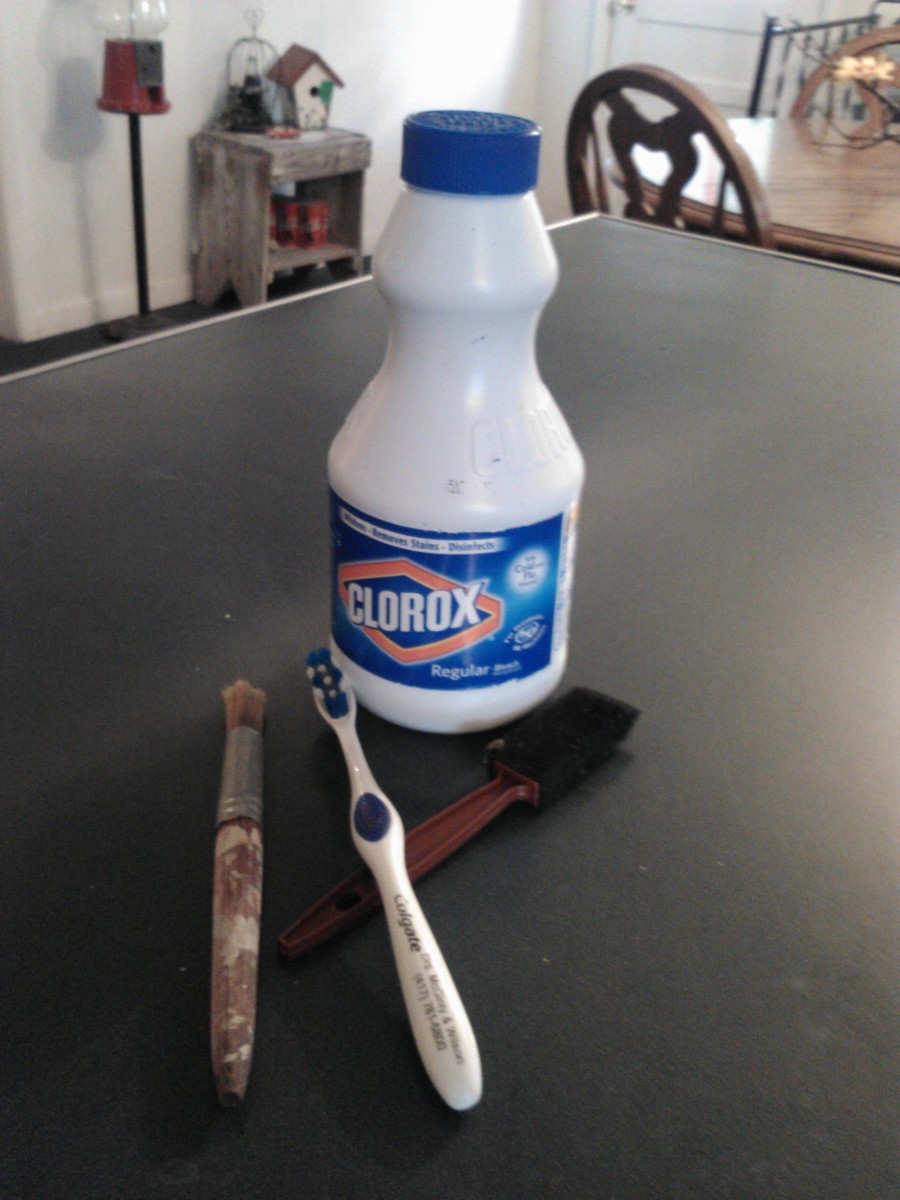Size Does Matter (or, What Dress Size Are You Really?)
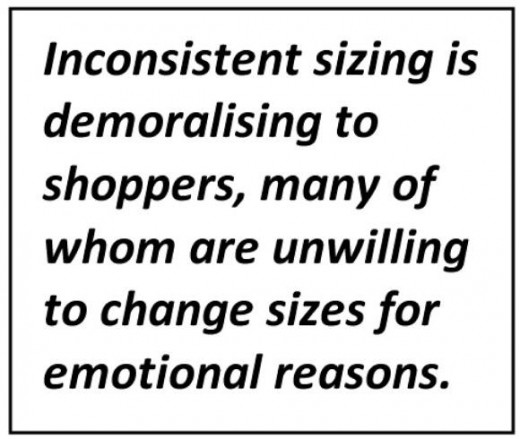

Do you really know your dress size?
You try a dress on in one shop and you are a size 10. You go into another shop and you are a size 12 or maybe a 38 if the store stocks European sizes. The question “Does it come in my size?” can result in total confusion, there is so much variation in sizing. In addition, it is not just where you buy the garment that affects the size, where it is made has a bearing too. In Malaysia and Sri Lanka, the cut is based on UK sizing; in Turkey, on German sizing, and in Egypt, on American sizing. This all too regular dilemma is not only restricted to women, men too are faced with what size “medium” really means.
Size Survey in the UK
Going up a size once meant an expanding waistline, but now, with the demise of standardisation, it does not mean a thing. SizeUK¹ undertook a national survey in 2001-2002 but until then the previous national survey undertaken was over half a century ago in 1951. The sizing system based on the vital statistics gathered at that time, when the average women’s measurements were 37 bust, 27.5-inch waist, and 39-inch hips, lasted well into the 1990’s. Over the last 50 plus years women have altered shape; not only is she 2-inches taller, her breasts have become fuller, hips wider, tummies rounder and bottoms flatter. She has also put on an average of 7.5lbs, only partly due to the increase in height. It is not just the women that have changed; men too have gained in height and girth.
The Average woman’s measurements in the UK are now 39-inch bust, 34-inch waist, and 41-inch hips, a significant increase compared to the 1951 statistics. In the 1950’s she was a size UK12 (US10), now she is a UK16 (US14).
Size Survey in the USA
A similar Survey, SizeUSA², was undertaken in America by [TC]² in 2003, the previous survey having been done in 1941, the results of which indicated that what was considered ‘average’ size for American men and women is anything but the norm for today’s body shapes. The average woman was thought to be a size US8 (UK10) with a 35-inch bust, 27-inch waist, and 37.5-inch hips. The SizeUSA survey found that the average woman’s bust, waist and hip measurements for women aged 18-25 were 38-32-41, and for Women aged 36-45 were 41-34-43. On average African-American women measured 43-37-46 and Hispanic women 42.5-36-44. The average American woman is in fact closer to a size US14 (UK16), the size at which “plus-sized” clothing begins. “We can see the US population has grown taller and heavier, but we are growing heavier faster than we are taller,” says the Director of SizeUSA.
Not wanting to fall into a ‘size of American women verses British women’ argument and invoking the wrath of women on both sides of the Atlantic, I will just say that the average American woman is 63 inches tall and weighs 155.5lbs and the average woman in the UK is 64.5 inches tall and weighs 143.5lbs. These are the findings of the two surveys and I will leave it at that.
Base Size
The sizing of women’s clothing is determined by a base size that is aimed at a retailer’s target market. The base pattern is perfected on the target model and then decreased or increased to make patterns for smaller and larger sizes. Following the SizeUK survey, Marks and Spencer announced 14 as its base size.
Sizes vary between styles and brands because designers and clothing suppliers target specific groups of customers, making clothes to fit a particular size and shape. Retailers targeting the teenage and early twenties market will have a smaller base size whilst those selling plus size clothing will have a larger base size. A size 16 modelled on a base size 12 will have a different cut to a size 16 modelled from a base size 20.
Designer Wayne Hemingway, the founder of Red or Dead, told the BBC “Sizes are all over the place because when samples are fitted, different companies use a different person as the model... – Nor is every garment cut the same, so it’s impossible to make each size 10 fit the same…” Retailers are simply messing about with the sizes in order to delude people, putting size 10 labels in size 12 clothes etc.
On the whole, designer labels target smaller customers (though of recent this is not so true as designers wake up to the growing plus-size market) while mass-market stores have more generous sizes.
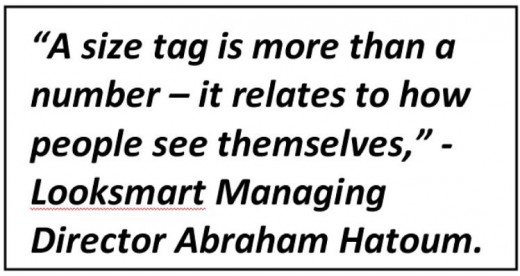
Vanity Sizing
Vanity sizing is when manufacturers and retailers label larger clothes with smaller sizes. It has been suggested that “vanity sizing” as its name infers, is designed to entice the buyer into purchasing a garment because they feel flattered to fit into a size smaller than their true size. It helps the buyer feel thinner and better about themselves and, the retailer hopes, encourages the customer to return to their store to make additional purchases. One buyer said “If us women buy a size 10 and it’s really a size 12, I am all for it! If it’s the other way round, I won’t buy from that shop, simple as!”
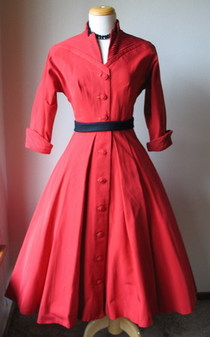
Wearing Vintage
Vintage clothes were sized smaller than garments of today so are a good buy for someone of less-than-average stature. When buying vintage you may need to know your bust measurement. A size 36 in the UK, for example, was made to fit someone with a 36 inch bust. The current system of sizing – 10, 12, 14, etc – was introduced in the 1960s, but a size 10 from that period will be smaller than a size 10 of a modern garment. A look at eBay will highlight this differential. Many item descriptions contain phrases such as “says its size 12 but will fit a size 10,” and, what is far more helpful to buyers, some sellers include actual measurements.
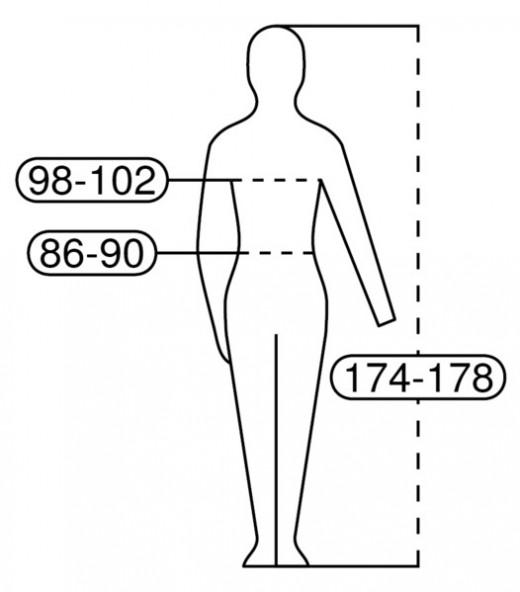
In the UK, New European guidelines (EN 13402) could see the end to traditional labels for sizes such as 10, 12, and 14, and would be replaced with labels giving bust, waist, hip and height measurements in centimetres. There are arguments for and against this, with one side for standardisation of size, - but didn’t we have a form of standardisation before vanity sizing crept in? - and the other believing fit is more important than size. Andrew Crawford from SizeUK told Which “It’s beneficial that there is no agreement between shops over sizes. It means consumers can find a shop selling clothes that fit them.”
So in conclusion, the reason why the size labels on the clothes in the store do not reflect your true size can be summed up by a comment from the assistant director of the British Clothing Industry Association, “It is accepted that what used to be a size 14 is now a size 12, and what was a size 16 is now a size 14. This is particularly because women in Britain tend to be very vain “- her words, I wouldn’t dare make such a suggestion – “and want to buy a size 12 and not a 14, or a 14 and not a 16.”
In the end is it best to look at the size label as only a guide as what to take into the changing room, and just buy for a good fit? This is fine if you are buying from a store, but how do you know what size to order if buying over the Internet? Perhaps this is where the new European size labelling will come into its own, similar to sizing information already being provided by some eBay sellers.
I would appreciate it if you would give me a moment of your time to answer the questions below:
Do you have to buy clothing in different sizes depending on which shop or clothing company you are buying from?
Do you believe that sizes should be standardised?
Should labels show actual measurements, e.g. bust, waist & hip size, plus height?
If you are say a size 14, and a size 16 fits, would you buy (Answer 'Yes') or go to another shop (Answer 'No')?
Which stores or brands do you find have the most or least generous sizing?
Please share your clothes shopping experience by adding a comment below.
¹ The SizeUK national sizing survey was carried out by UniversityCollege of London, the LondonCollege of Fashion, and supported by a number of major retailers,Arcadia Group, BHS, Debenhams, Otto UK, Great Universal Stores, House of Fraser, John Lewis Partnership, Littlewoods Retail, Marks and Spencer, N Brown, Monsoon Accessorize, Oasis Stores, REDCATS UK, Rohan Designs, Speedo International, Tesco Stores. (results became available in 2004). The survey of 11,000 subjects consisted of taking 130 body measurements accurate to 2mm using state-of-the-art 3D whole body scanners, providing both size and body shape data. The 1951 survey was done by hand measuring people with tapes, and men were not included.
² The SizeUSA national sizing survey was carried out in 2003 by [TC]², a technology firm, and supported by clothing manufacturers, retailers, the U.S Army and Navy, and The U.S Commerce Department (results became available in 2004). The survey of over 10,000 subjects consisted of over 240 body measurements using 3D whole body scanners.
I hope you have found this article helpful and of interest. If you have please click on the "thumb's up" icon below to vote it up.
If you would like to say more, I would love to receive any comments you may have on any of the subjects covered.
Fancy yourself as a writer, then why not join Hubpages and give it a go? You can do it just for fun, or you can make yourself some money, the amount depending on the time and effort you put into it. To join Hubpages, click on the folowing link: https://hubpages.com/_1c9qou2cdvo8h/user/new/
© 2009 Derek Slark


